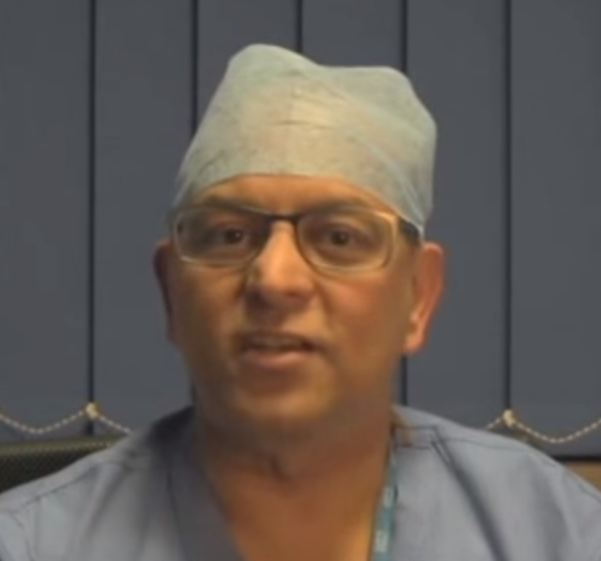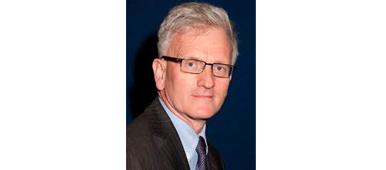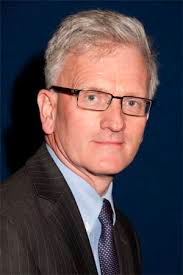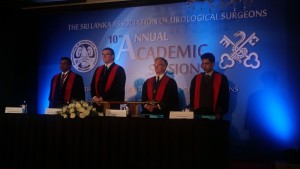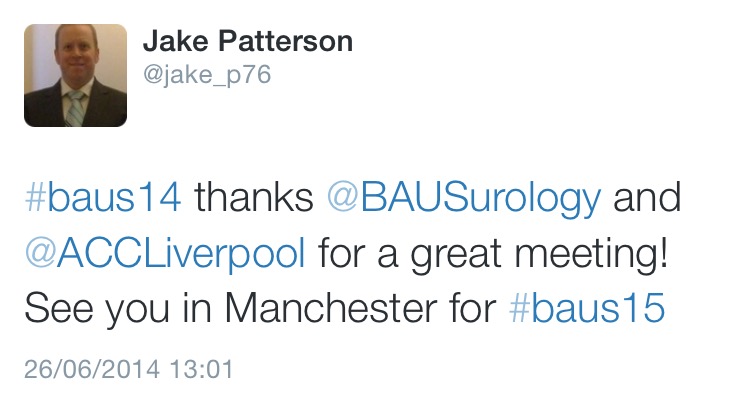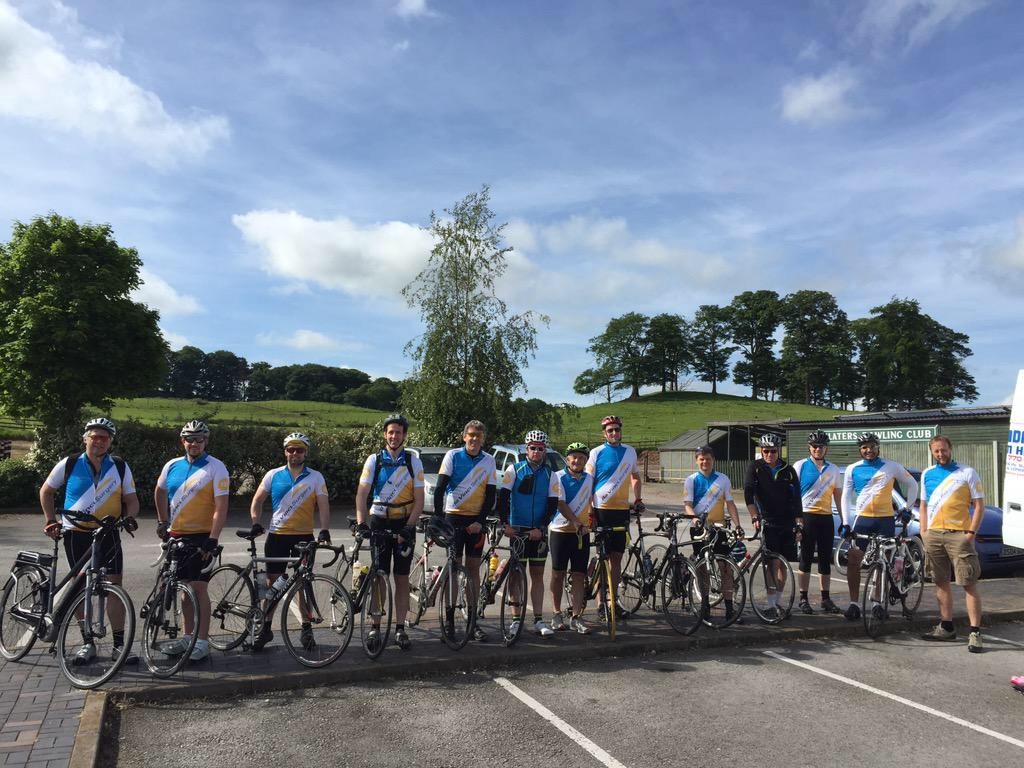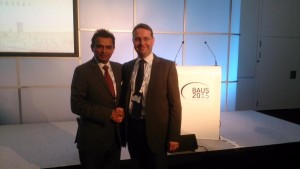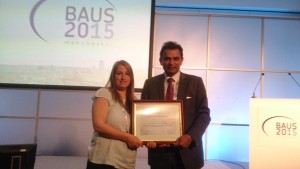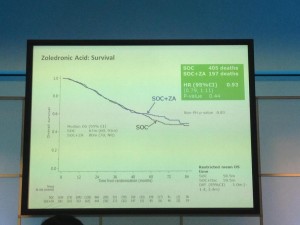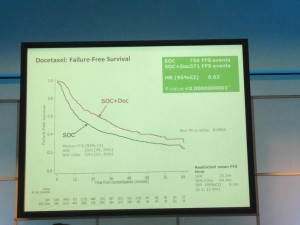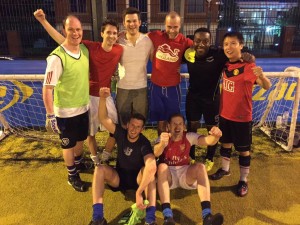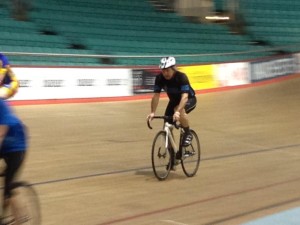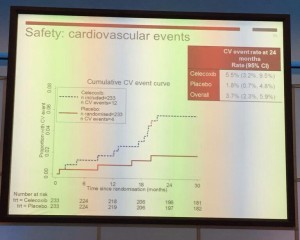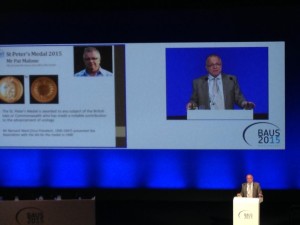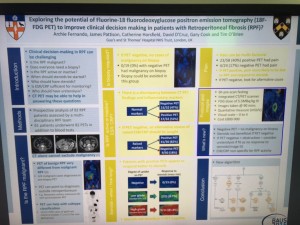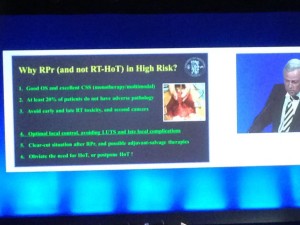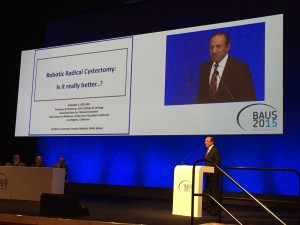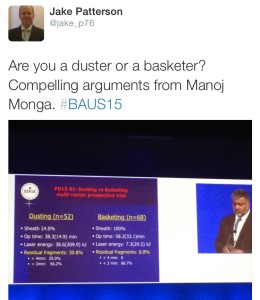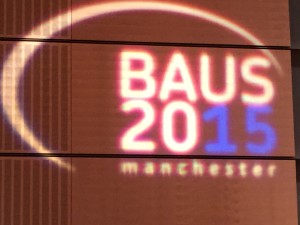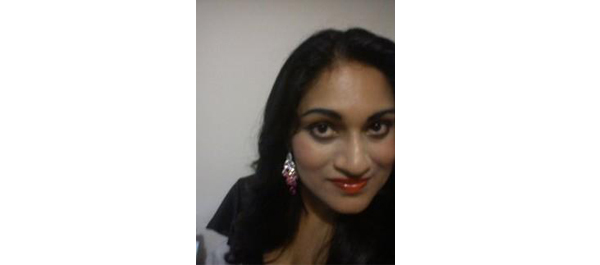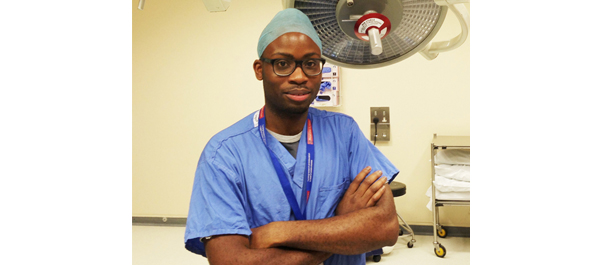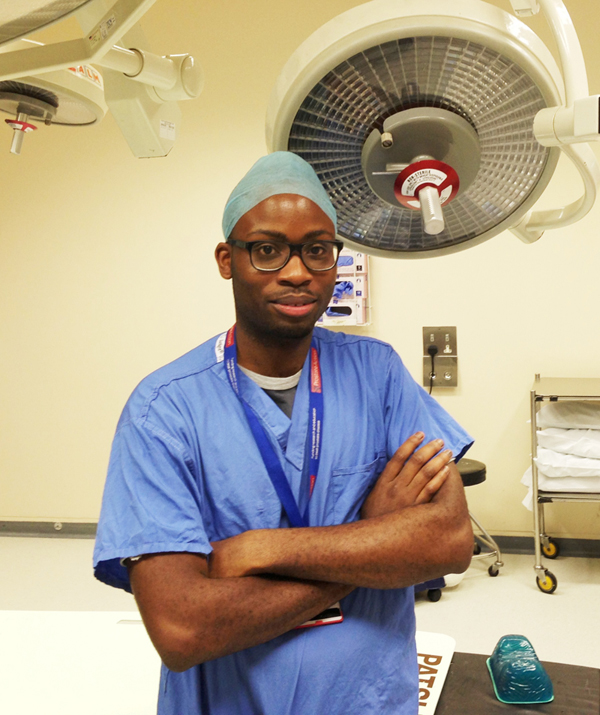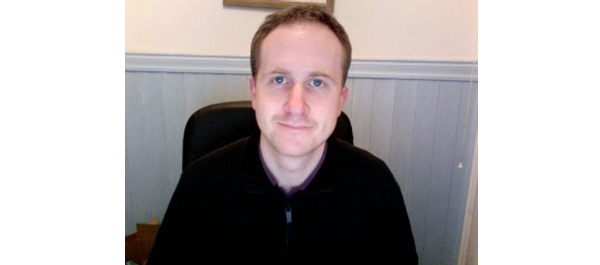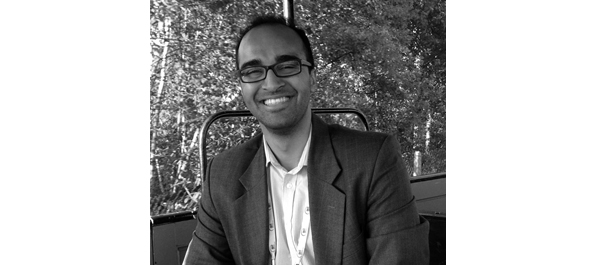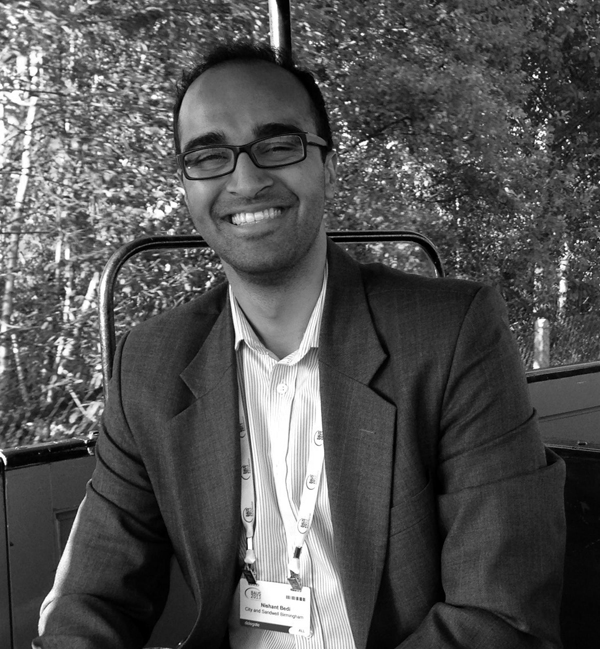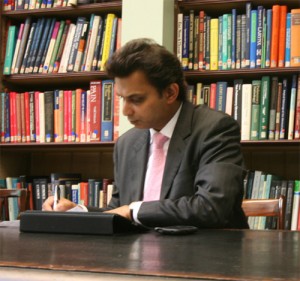Editorial: Minimally invasive surgery or nephron preservation for small renal tumours?
In the present issue of BJUI, there is an important study by Hadjipavlou et al. [1], summarizing radical (RN) and partial nephrectomy (PN) practice in the UK in 2012. Specifically, the authors reported the outcomes of ~1 800 patients undergoing either RN or PN for clinical T1 renal masses. Approximately 55% of the patients with cT1a tumours underwent PN, of whom 44% underwent minimally invasive PN. Conversely, in the cohort of patients with cT1b tumours, only ~19% received PN, of whom 33% underwent a minimally invasive procedure. Notably, whereas operating time, transfusion rate and the risk of intraoperative complications was similar for RN and PN, postoperative complications were approximately three times more common in patients who underwent PN, after adjusting for covariates. A sub-analysis comparing robot-assisted and laparoscopic PN failed to show any difference in peri-operative outcomes [1].
The study is important for several reasons. Firstly, it shows a fairly high adoption of PN for cT1a tumours. Although PN is recommended as the standard treatment for small renal masses [2], population-based studies have shown that there has been limited adoption of PN outside referral centres [3, 4], especially in the USA. Conversely, the present data from UK show more encouraging results, maximizing the benefit of nephron preservation; however, although PN might be more challenging in cT1b tumours and the available evidence in favour of PN in such a setting is less compelling, the adoption of PN was lower in such tumours. Efforts should be made to popularize such an approach whenever feasible.
Secondly, the study showed that a minority of the PN procedures were performed with a minimally invasive approach. Although we can agree that nephron preservation is more important than a minimally invasive approach in the long term for most patients, an increasing number of publications and growing clinical experience suggest that laparoscopic, and, above all, robot-assisted PN could represent the ideal solution. Although the number of minimally invasive PNs should increase with increased diffusion of DaVinci platforms, major efforts should be made to expand the number of patients in whom the morbidity of the traditional open PN approach can be avoided. In this context, regionalization of care for PN, as for other major oncological procedures, could be an excellent solution.
Thirdly, the significant rise in the risk of postoperative complications observed after PN could allow better selection of patients to undergo either PN or RN. For example, where surgery is indicated, frail comorbid patients, in whom the risk of perioperative complications should be minimized and who would benefit less from nephron preservation, could be better treated by laparoscopic RN or, probably, robot-assisted PN as performed by very experienced surgeons.
Finally, the study failed to show major differences between laparoscopic and robot-assisted PN. Although this finding is in line with data from systematic reviews of the literature [5], the present data from a large cohort of surgeons are more solid. The lack of data on patient selection, previous laparoscopic and robot-assisted surgery, annual surgical volume and tumour characteristics according to nephrometry scores, however, does not allow us to draw definitive conclusions on the issue. In our opinion, robot-assisted surgery might offer major significant benefits during PN in terms of quicker and more accurate tumour dissection, improved renorrhaphy with consequent shorter ischaemia time, lower risk of complications and a shorter learning curve as compared with pure laparoscopic PN.
Unfortunately, no analysis stratified by centre and/or surgeon volume was provided in the present paper. As with other major surgical procedures, some studies suggest that case volume may have a major impact on outcome [6]. It would have been interesting to see such a relationship analysed in the present cohort involving almost 300 surgeons from more than 100 institutions. Despite the large number of cases analysed, however, it is likely that these data depict the outcomes of RN and PN in a low-volume setting (an average of approximately six cases per year in total).
Finally, alternative approaches such as percutaneous or laparoscopic cryoablation are gaining popularity for the treatment of small renal masses in selected cases [2]. Although long-term oncological outcomes of such procedures are lacking, the available evidence suggests good short-term efficacy and safety for cryoablation in patients with small renal masses. The presence of data on such treatments to compare with the surgery results reported in the present cohort would also have been of interest.


